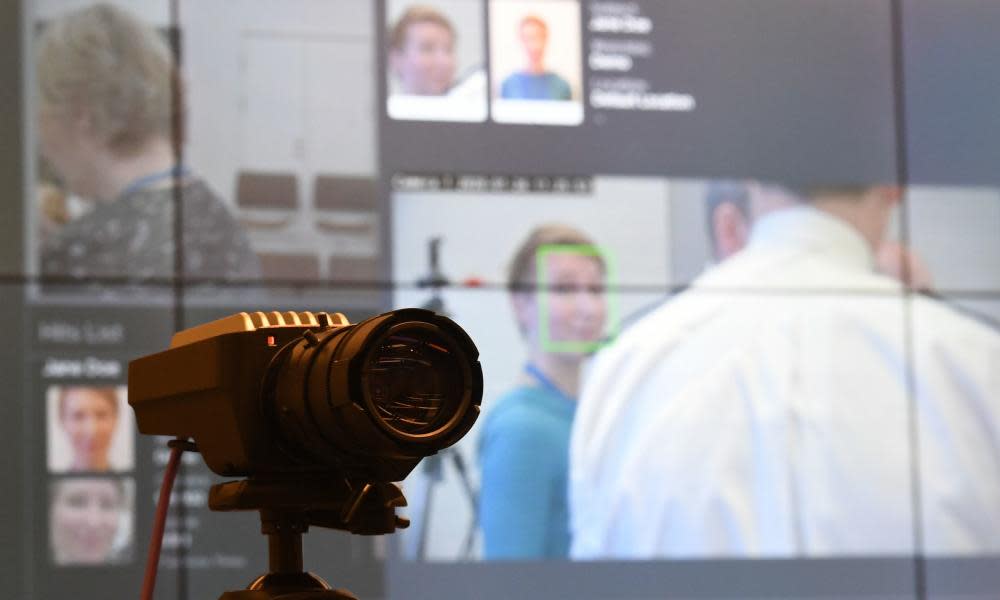What is facial recognition - and how do police use it?

What is facial recognition?
This is a catch-all term for any technology that involves cataloguing and recognising human faces, typically by recording the unique ratios between an individual’s facial features, such as eyes, nose and mouth. The technology can be applied to everything from emotion tracking to animation, but the most controversial involve using facial features as biometric identifiers, that is, to identify individuals based on just a photo or video of their face.
Why is it in the news?
After a trial of the technology, the Metropolitan police have said they will start to use it in London within a month. On Friday, the force said it would be used to find suspects on “watchlists” for serious and violent crime, as well as to help find children and vulnerable people. Scotland Yard said the public would be aware of the surveillance, with the cameras being placed in open locations and officers handing out explanatory leaflets.
How is it used in policing?
The technology greatly improves the power of surveillance. At the simple end, a facial recognition system connected to a network of cameras can automatically track an individual as they move in and out of coverage, even if no other information is known about them. At the more complex end, a facial recognition system fuelled by a large database of labelled data can enable police to pinpoint a person of interest across a city of networked cameras.
Does that mean there is a big database of faces?
Sometimes. Facial recognition can work without a database: a shopping centre, for instance, might use facial recognition to track visitors without knowing anything about them beyond the times of their visits. At the other end of the scale, companies such as the US surveillance provider Clearview AI, have built up enormous databases – reportedly containing more than 3bn labelled faces – by scraping Facebook and other social media sites. So far, most police use has been in between such extremes, feeding the systems from databases of suspects, or people who have been arrested and processed in the past.
Why is it controversial?
Facial recognition frequently sparks two distinct fears: that it will not work well enough, or that it will work too well.
The first concern highlights the fact that the technology, still in its infancy, is prone to false positives and false negatives, particularly when used with noisy imagery, such as that harvested from CCTV cameras installed years or decades ago. When that technology is used to arrest, convict or imprison people, on a possibly faulty basis, it can cause real harm. Worse, the errors are not evenly distributed; facial recognition systems have regularly been found to be inaccurate at identifying people with darker skin.
But the technology will improve, meaning the second concern is harder to shake. This is the fear that facial recognition inherently undermines freedom by enabling perfect surveillance of everyone, all the time. The fear is not hypothetical; already, Chinese cities have proudly used the technology to publicly shame citizens for jaywalking, or leaving the house in their pyjamas.


